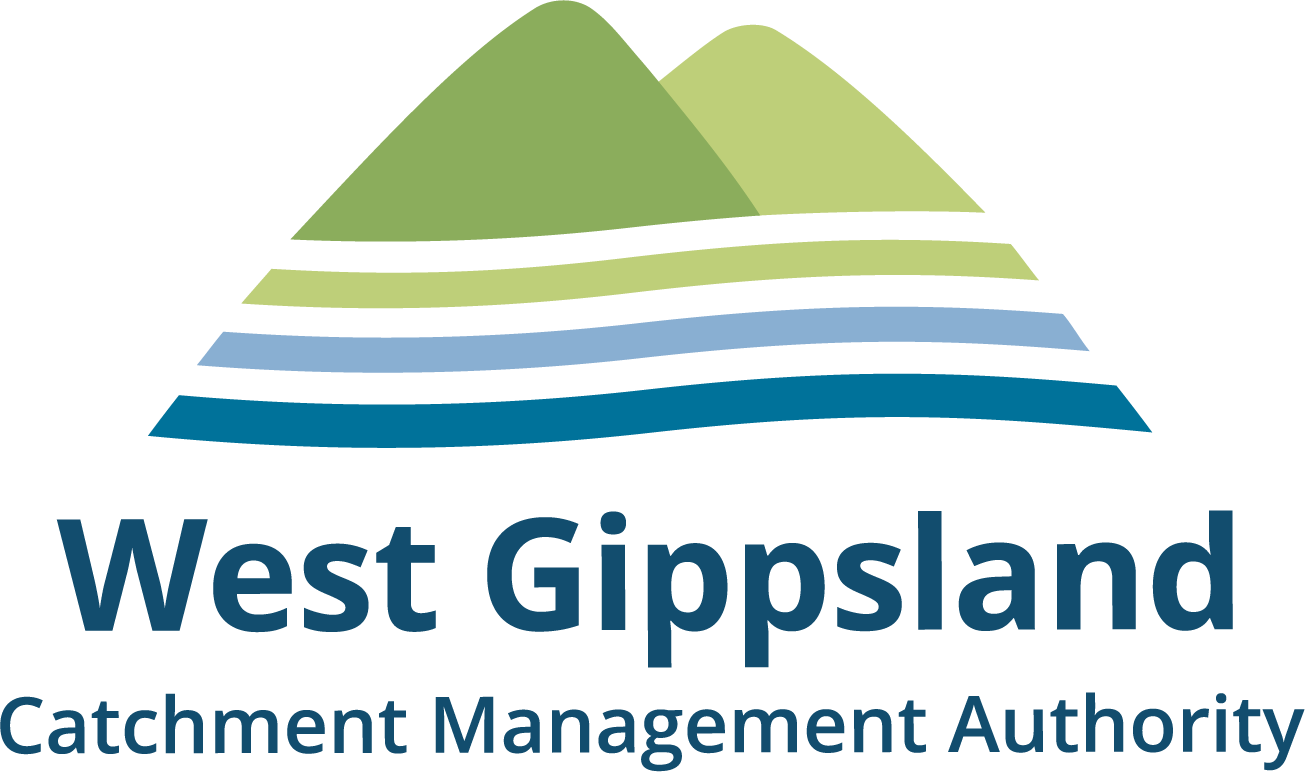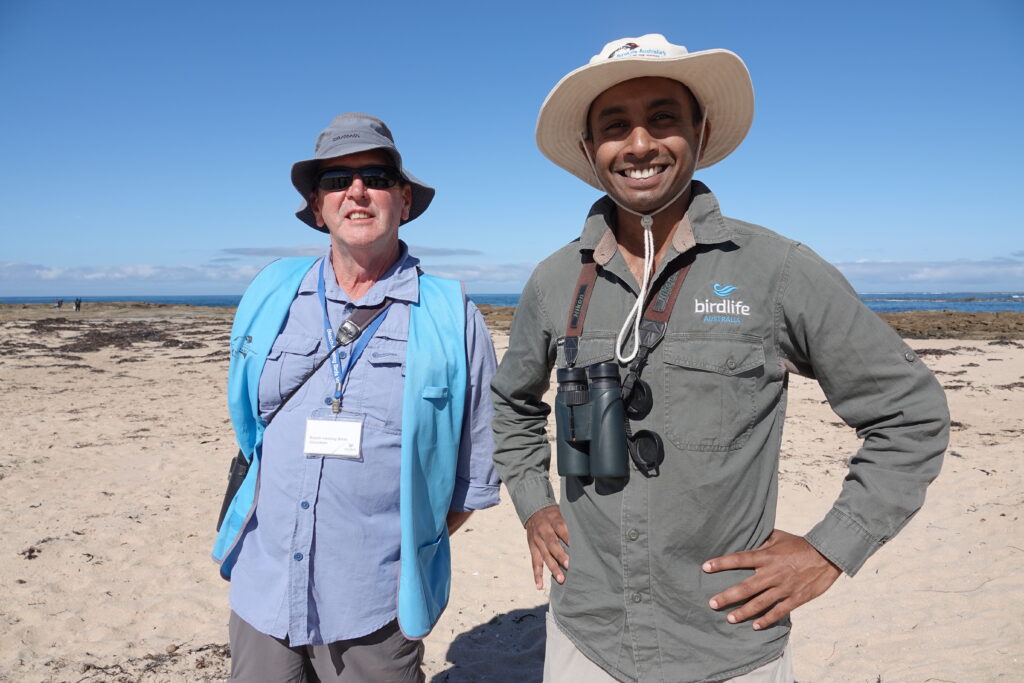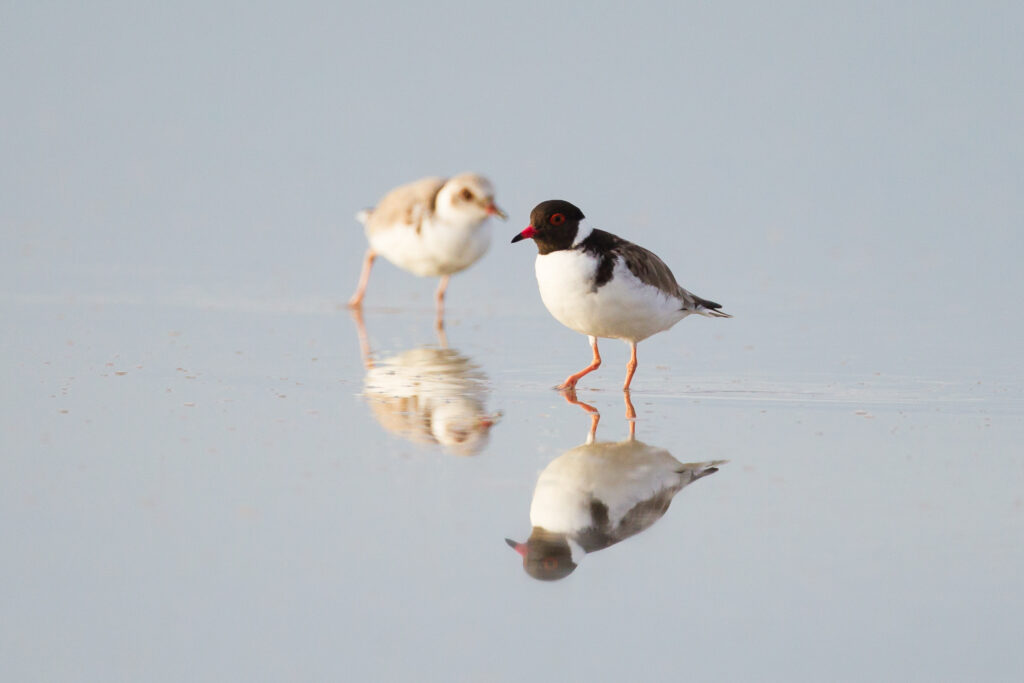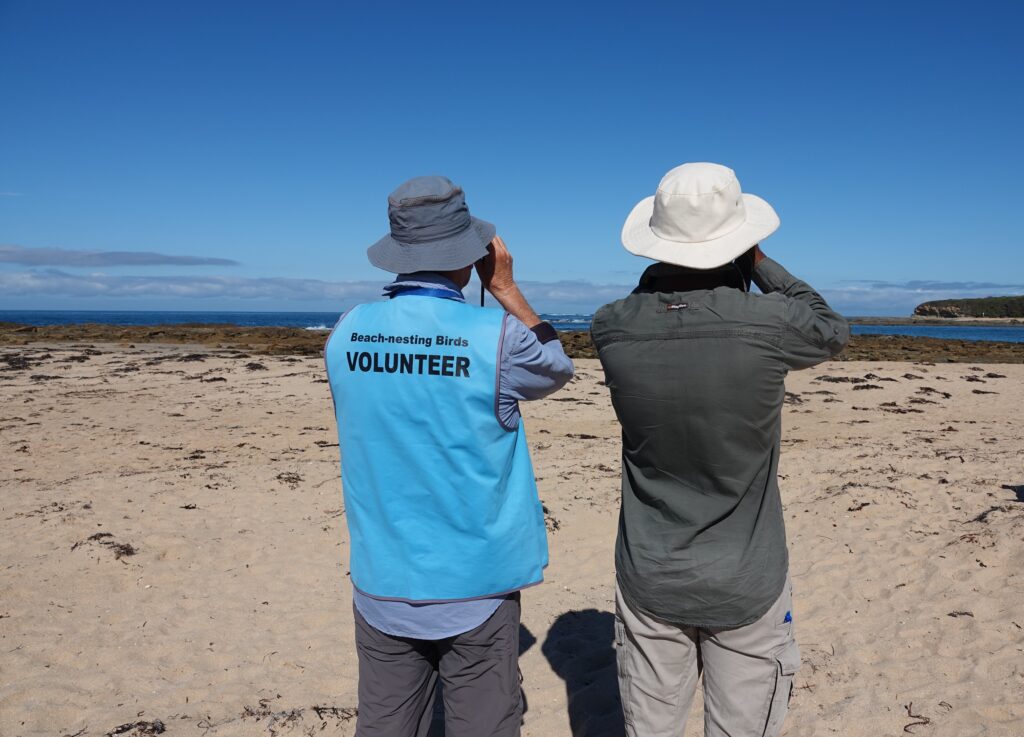Not on our watch: saving a species from extinction, one walk at a time
Every day over summer David Hartney goes for a walk along the beach at Cape Paterson. He takes his time, observing the changes in the dunes, the telltale tracks of wildlife, the rise and swell of the tide.
He recognises a single, tiny track in the sand. ‘KK’ has been here. He can’t see her but knows she’s around. Just like he knows that ‘DH’ now lives in Sandy Point and ‘EZ’, despite an injury, made it all the way to Lorne.
He knows because he’s been tracking these beaches for five years.
EZ, DH and KK, aka ‘Stumpy’ are Hooded Plovers, and their lives – from chick to fledgling to breeding adult – are recorded by David and a tribe of volunteers who take to the beaches during the spring-summer breeding season to help save this threatened species from extinction.
Tough, tenacious and resilient is how he describes the tiny, beach-nesting birds who must battle people, pets, storms and predators to raise their chicks.
“We have a lovely little bird named KK, known as Stumpy because she’s got one foot missing. That bird is 15 years old and has introduced five fledglings into the population over her life. You know she’s around because she’s got a very distinctive footprint,” David said.
By banding the birds with tags that identify them, Friends of the Hooded Plovers volunteers provide valuable data to BirdLife Australia and help with efforts to improve the unacceptably low survival rates of chicks.
“The fact that these birds only nest on beaches during spring and summer presents them with huge challenges,” explained Kasun Ekanayake, ‘Hooded Plover guru’ and Beach-nesting Birds Project Coordinator at BirdLife Australia.
“The beaches are really busy with people and dogs. Then there are predators like foxes and feral cats to contend with. Because of these challenges, the birds suffer a lot of breeding failure. That’s why we stepped in and got volunteers in local communities involved in the conservation of this species.”
David’s team focuses on a stretch of beach between San Remo and Inverloch – home to Victoria’s second highest population of Hooded Plovers.
He’s passionate about his role, not only for the local hoodies on his watch but what their survival means for the health of the beach environment that he’s so closely connected to.
“The Hooded Plovers are like the canary in the coalmine. If we lose this species I think it’s a sad indictment on our society and communities that these birds haven’t been able to survive in coexistence with us,” he said.
BirdLife Australia and Bunurong Land Council Aboriginal Corporation, Bass Coast Landcare Network, South Gippsland Landcare and Parks Victoria on a four-year project to help the survival of the region’s Hooded Plover population.
Toward Zero Extinctions: Protect the Eastern Hooded Plover is a $1.5 million dollar project aimed at protecting nests during breeding season, controlling foxes and other introduced pests, and engaging the community about the plight of the plover – and how they can help its survival.
To learn more, tune into the latest episode of Gippslandscapes podcast, where Kasun and David take a walk along Cape Paterson beach on the Bunurong Coast to check-in on the resident Hoodies and chat about what it means to be a Hoodie lover.
This project is funded by the Australian Government Natural Heritage Trust and delivered by West Gippsland CMA, a member of the Commonwealth Regional Delivery Partners panel.







